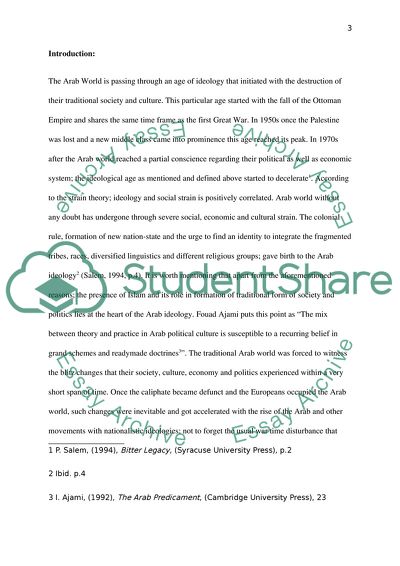Cite this document
(Ideology of Arab World Coursework Example | Topics and Well Written Essays - 3000 words, n.d.)
Ideology of Arab World Coursework Example | Topics and Well Written Essays - 3000 words. https://studentshare.org/philosophy/1819532-ideology-of-arab-world
Ideology of Arab World Coursework Example | Topics and Well Written Essays - 3000 words. https://studentshare.org/philosophy/1819532-ideology-of-arab-world
(Ideology of Arab World Coursework Example | Topics and Well Written Essays - 3000 Words)
Ideology of Arab World Coursework Example | Topics and Well Written Essays - 3000 Words. https://studentshare.org/philosophy/1819532-ideology-of-arab-world.
Ideology of Arab World Coursework Example | Topics and Well Written Essays - 3000 Words. https://studentshare.org/philosophy/1819532-ideology-of-arab-world.
“Ideology of Arab World Coursework Example | Topics and Well Written Essays - 3000 Words”. https://studentshare.org/philosophy/1819532-ideology-of-arab-world.


